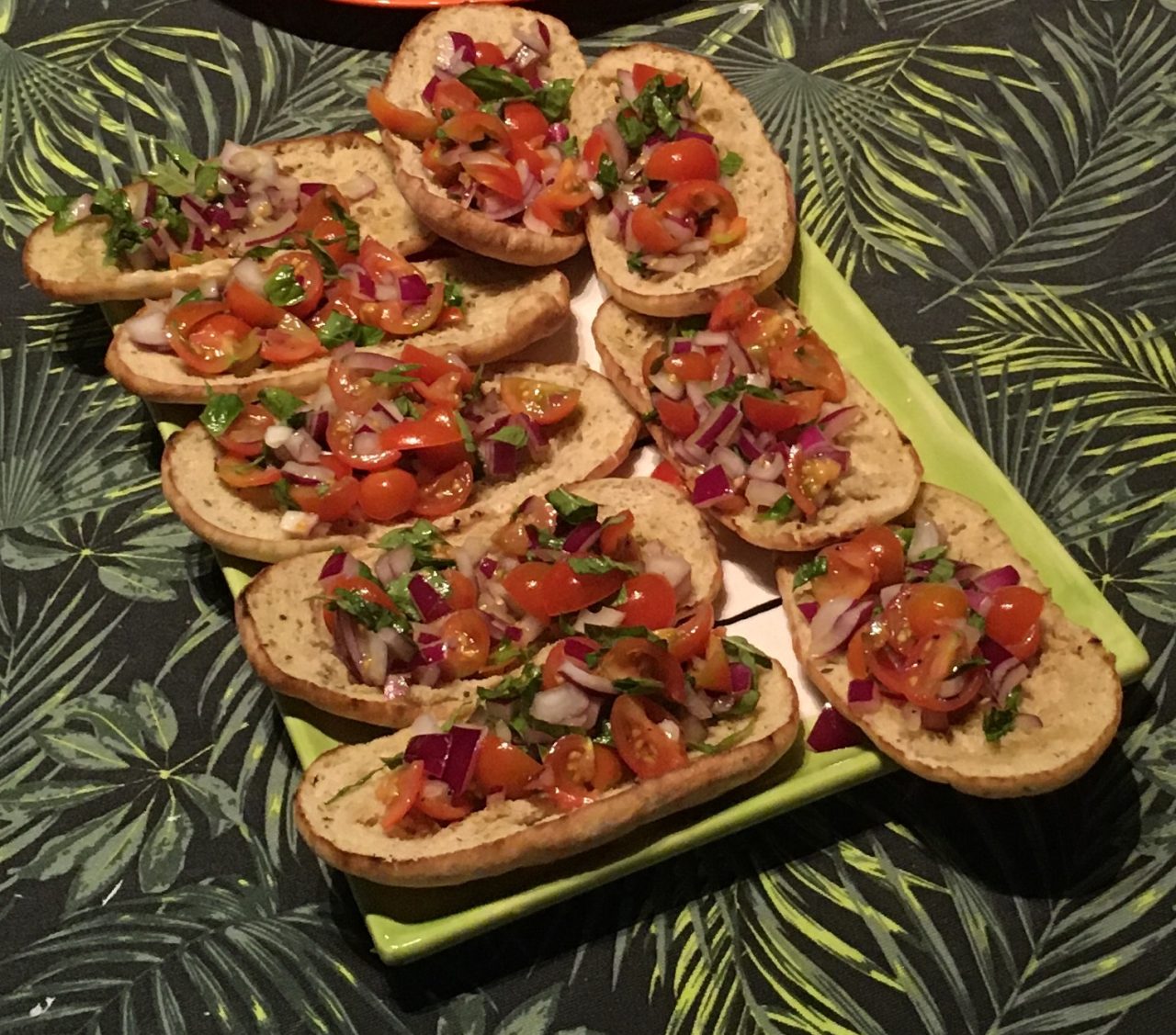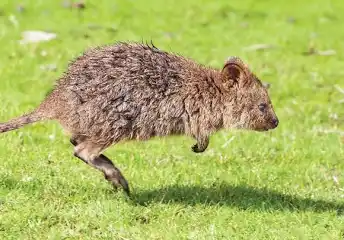And ” It’s Raining On The Rock.”
Uluru is one of Australia’s most recognisable natural landmarks and has been a popular destination for tourists since the late 1930s. It is also one of the most important indigenous sites in Australia. Previously known as Ayres Rock, Uluru is sacred to the Pitjantjatjara, the Aboriginal people of the area. The area around the formation is home to an abundance of springs,waterholes, rock caves and rock paintings. It is listed as a UNESCO World Heritage site.

Situated in the heart of the Australian Outback Uluru stands 350 metres high, with most of its bulk lying underground, and has a total circumference of nearly 10 kilometres.
As Uluru has made media headlines over the years, from dingos stealing babies, tourists disrespecting the cultural significance of the sandstone monolith, and the number of heart attacks and falls that happen during the rock climb, for today let’s be reminded of what happens on those rare occasions when there is so much rain fall that waterfalls cascade down the surface of Uluru.

Australian singer/song writer, John Williamson, celebrated such an occurrence in his song, “It’s Raining On The Rock”. In 2011 Williamson said “it’s a song that probably means a lot to me because it’s about the heart of the country and I think the rock represents that. The ancient nature of the country that was here before any of us is the one thing that can draw us all together, putting religion, politics and race aside.”

#A-ZChallenge 2024
Australian Trivia















































